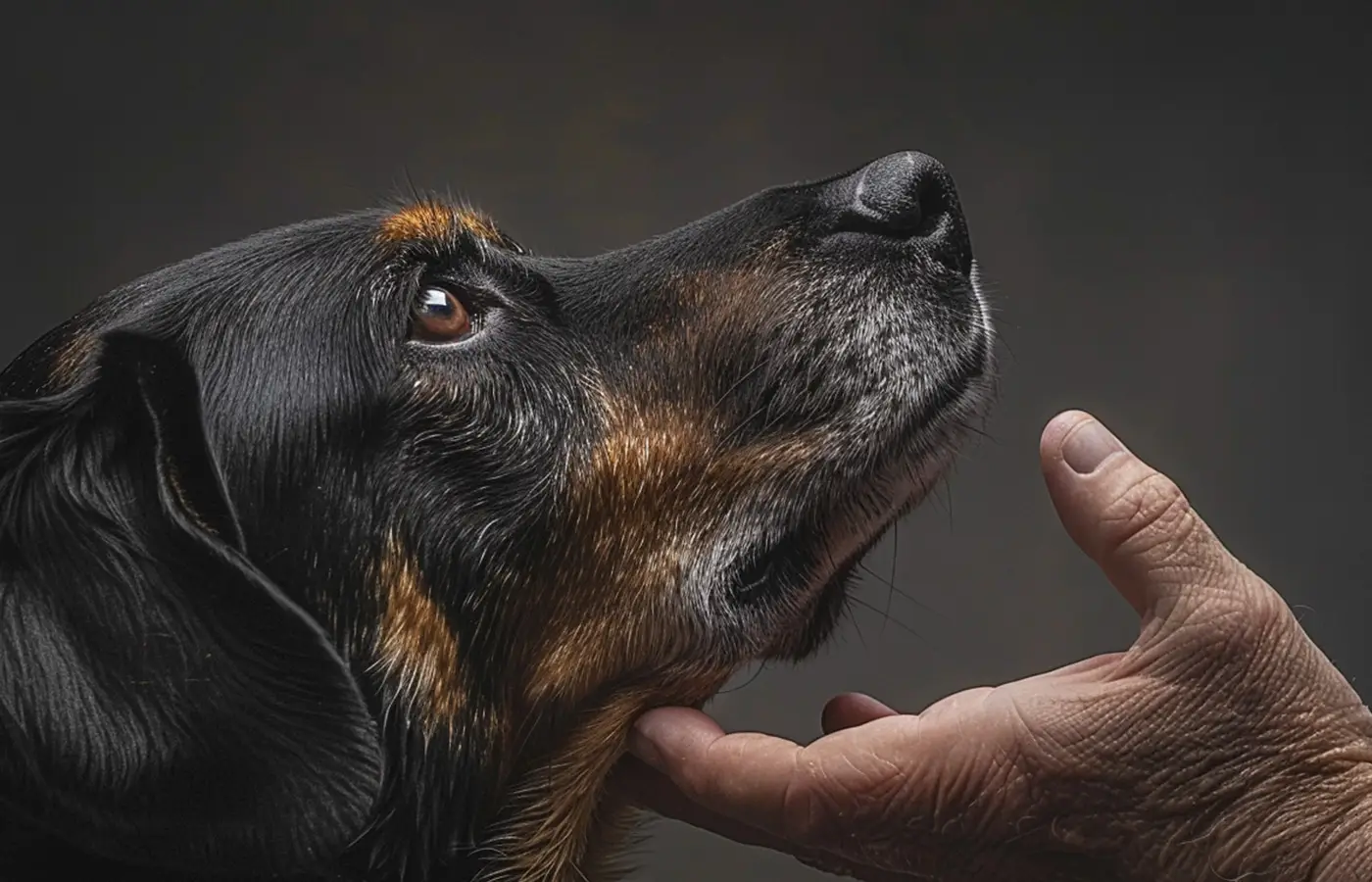An Animal That Can "Control the Mind"?--Capybara
By
Ashley Davis
Wed, Jul 24, 2024
When it comes to capybaras, these seemingly laid-back giants have a lifestyle and quirks that are both amusing and endearing. They're the world's largest rodents, yet they're famous for their super-chill and carefree personalities. Let's uncover the mysteries behind these "pig" animals!

Firstly, capybaras' daily lives are filled with leisure and socializing. They love living in groups, often lounging together in warm water, basking in the sun without a care in the world. Just picture a group of capybaras frolicking in water, as if they're at a luxurious spa party, completely undisturbed by the outside world.

Capybaras also have impressive appetites, especially for grasses and plants. They can consume vast amounts of vegetation, sometimes casually picking out a few leaves or aquatic plants—must taste good too! Rumor has it that capybaras can eat up to a quarter of their body weight in food, which makes you admire their appetite.

However, what truly made capybaras go viral online isn't just their appetite or their gentle and adorable appearance; it's their goofy behavior and friendly interactions with other animals.You can see a capybara standing still under the heavy water, or a capybara facing the big mouth of a pelican. No matter what animal it is, from a bird to a crocodile, it will not cause them to move too much. Such a stable character deeply touched people. Therefore, the capybara has been widely spread on the Internet.

Furthermore, capybaras' innate "zen" attitude is also a key factor in winning hearts. In today's modern society where stress and anxiety abound, capybaras seem like natural relaxation masters, always exuding an aura of "don't worry, take it easy." This calm demeanor undoubtedly brings joy and relaxation to people, making capybaras a beloved "spiritual tonic" on the internet.

In conclusion, capybaras have become "internet celebrities" thanks to their relaxed lifestyle and unique charm. Their gentleness and humorous traits not only heal our hearts but also fill us with optimism and hope for life. So let's salute these adorable giants and hope they continue to bring us more happiness and laughter!

Firstly, capybaras' daily lives are filled with leisure and socializing. They love living in groups, often lounging together in warm water, basking in the sun without a care in the world. Just picture a group of capybaras frolicking in water, as if they're at a luxurious spa party, completely undisturbed by the outside world.

Capybaras also have impressive appetites, especially for grasses and plants. They can consume vast amounts of vegetation, sometimes casually picking out a few leaves or aquatic plants—must taste good too! Rumor has it that capybaras can eat up to a quarter of their body weight in food, which makes you admire their appetite.

However, what truly made capybaras go viral online isn't just their appetite or their gentle and adorable appearance; it's their goofy behavior and friendly interactions with other animals.You can see a capybara standing still under the heavy water, or a capybara facing the big mouth of a pelican. No matter what animal it is, from a bird to a crocodile, it will not cause them to move too much. Such a stable character deeply touched people. Therefore, the capybara has been widely spread on the Internet.

Furthermore, capybaras' innate "zen" attitude is also a key factor in winning hearts. In today's modern society where stress and anxiety abound, capybaras seem like natural relaxation masters, always exuding an aura of "don't worry, take it easy." This calm demeanor undoubtedly brings joy and relaxation to people, making capybaras a beloved "spiritual tonic" on the internet.

In conclusion, capybaras have become "internet celebrities" thanks to their relaxed lifestyle and unique charm. Their gentleness and humorous traits not only heal our hearts but also fill us with optimism and hope for life. So let's salute these adorable giants and hope they continue to bring us more happiness and laughter!
How to Navigate the End of Your Pet’s Life
NEW YORK (AP) — Dr. Lisa Walling’s first house call of the day was with a particularly fluffy hospice patient — a 13-year-old Newfoundland named Rugby.
Rugby happily licked a plate of peanut butter as Walling inserted needles along her back; acupuncture and a ketamine injection to help with pain and mobility problems.
As an end-of-life care veterinarian, Walling considers both pet and owner to be her patients. She’s there to make sure animals are as comfortable as possible in their final days, and help humans through the difficult decision of knowing when it’s time to say goodbye.
“I find a lot of the time, the biggest part of my job is helping the owners,” said Walling. When it came time to euthanize Rugby at a later visit, the whole family was there.
There are a number of options available to help aging pets and their caregivers, including hospice and palliative care, at-home euthanasia, and a growing number of so-called pet death doulas. But navigating decisions around the end of their life can still feel overwhelming. Here are some ways you can take care of your pet and yourself.
How can I make my elderly pet more comfortable?
Hospice and palliative care veterinarians like Walling specialize in home visits, which can be a good option if transporting your pet to the vet’s office becomes too difficult.
The International Association for Animal Hospice and Palliative Care maintains a list of its members.
Vets can prescribe medication to treat infections, pain, and chronic conditions, and help with diet changes. But there are simple things owners can do themselves around the house to make their pet more comfortable.
As dogs age and their limbs become stiffer, slippery floors like hardwood and tile become difficult to walk on. Try putting carpet runners or yoga mats where your pet walks, and especially where they stand to eat. For breeds with longer hair, you can trim the fur off the bottom of their paws to give their pads more grip.
“We had to take all of the area rugs and patchwork our kitchen,” said Rugby’s owner, Sam Boege.
For larger dogs that need help getting up or going outside, Walling recommends a special harness that has front and rear handles.
Cats don’t struggle with slippery floors as much, but they do get arthritis. If your cat is having trouble stepping up into their litter box, it might be a good idea to get one that’s lower to the ground.
For both dogs and cats, try raising the food and water bowls so they don’t have to bend down as much.
How do you know when it’s time to say goodbye to your pet?
If medication and pain management aren’t relieving your pet’s suffering and you’re trying to decide if it may be time to let them go, look for signs like loss of appetite and difficulty breathing — and check with your vet.
“There is a spectrum of time when a euthanasia is an appropriate decision,” said Dr. Dani McVety, a veterinarian who founded Lap of Love, the country’s largest network of at-home euthanasia providers.
Lap of Love provides resources on its website that can be used to evaluate your animal’s quality of life.
Planning for at-home euthanasia can be a good choice for pets who aren’t experiencing immediate medical emergencies. It’s smart to prepare ahead of time and understand how the procedure works so you can focus on your pet in their last days.
“You’re not shortening their life, you’re shortening their death,” Walling said.
Where to turn for emotional support at the end of your pet’s life
You don’t have to go through the end of your pet’s life alone.
The Association for Pet Loss and Bereavement provides information on its website to help pet owners understand euthanasia and grief. Lap of Love offers pet loss support groups several times a week. There are also pet loss counselors, grief specialists, and animal chaplains who offer one-on-one support.
Animal end-of-life doulas, or “death doulas,” offer emotional, spiritual, and informational support around the time of death. They aren’t required to have medical training but may work with veterinary providers. A doula can help owners process feelings of grief and loss or assist with practical steps like planning for final days.
“Everybody’s different,” said Lauren Seeley, a death doula based in New York City. “What I find is most people aren’t ready to deal with it until it’s already happened.”
Copyright Source: Yueke













